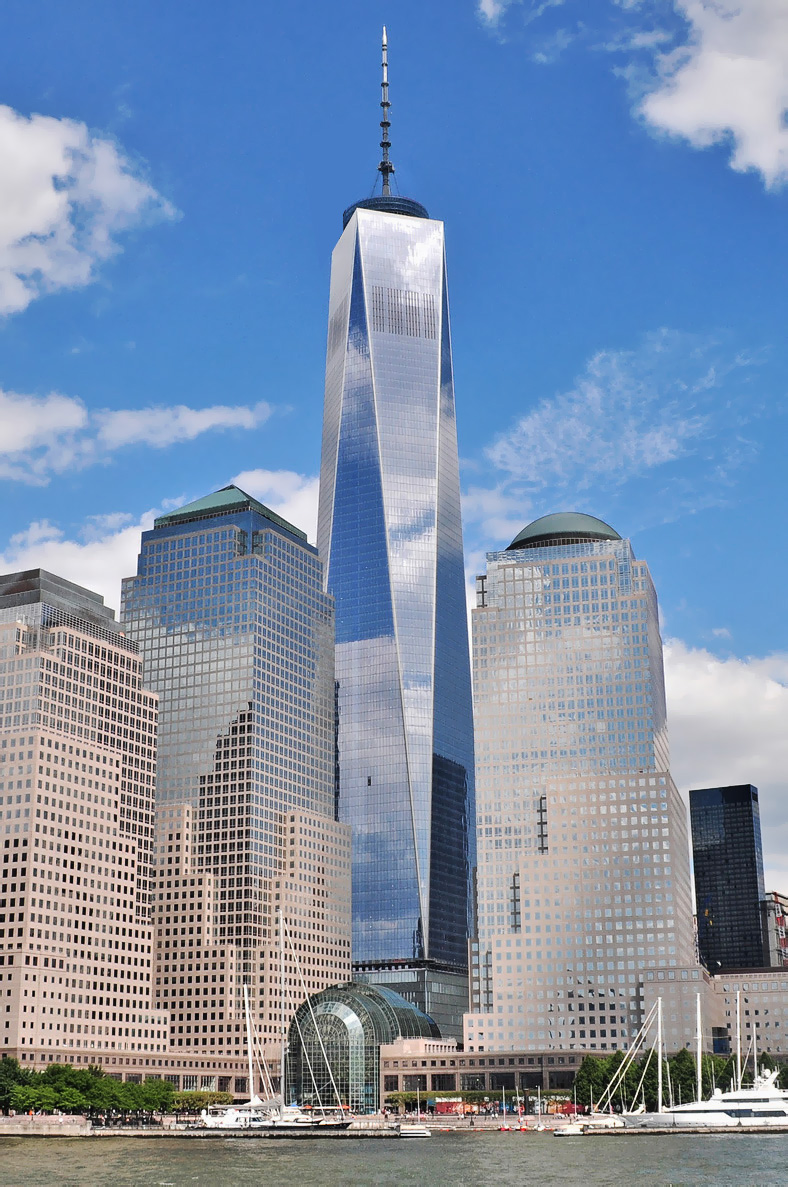Traditionally, when we think about the arts, things like music, painting, and dance come to mind. What if we look at art differently, in terms of everyday life? What would art look like then? Art can be found in everyday objects, scenery, creations such as movies and architecture, even in casual storytelling between friends. Taking the time to look at life in terms of the question “what is art?” allows us to develop our own definition of art and appreciate creativity in the everyday.
One abundant source of art that we encounter every day is architecture. Architecture could be considered one of the least acknowledged forms of art today, especially for younger generations. Cities are built, monuments are constructed, and all of them started with a person to think of a concept and then enact that vision. New buildings constantly get completed, old buildings fall or get restored, and the landscape of a city changes with these alterations.
One of the most recent architectural feats to be completed is the One World Trade Center in New York. With the completion of this building the skyline of New York changed, altering the entire aesthetic of the city. Every building, from something as epic as One World Trade Center to something as small as a local library branch, plays a role in how society operates based on the design and the culture of the time. As culture changes, so does what we consider to be art.

@Joe Mabel (Flicker)
As pop culture mixes with more traditional ideas, new forms of art emerge. Film is a perfect example. One of the most popular movie series ever created, Star Wars, also arguably depicts one of the most in-depth fictional universes ever created. Everything that was created for Star Wars had its start with a person who had an idea. An artist created every movie prop, character design, and element that Star Wars includes in its universe. Looking at movies, whether they are blockbusters or small art films, through this lens allows our imaginations to grow.

@Lucasfilm (Star Wars: Episode I – The Phantom Menace)
If art really is everywhere and in everything, we must consider that in order to continue creating we have to keep teaching people how to think creatively. At Urban Gateways, this is important to us. We want to be able to provide every child with the option of learning skills that they may not have access to otherwise, such as dance or painting. The skills that our artists teach are the basis from which great ideas such as Star Wars and iPhones are developed. Providing the possibility for one child to have an artistic interest could lead to the next fashion line or architect of a new generation.
Exposure to art provides benefits that go far beyond a dance or painting class. Arts learning boosts critical thinking, innovation, and general creativity, which benefits not only the arts but also careers and society outside the arts. This article from The Huffington Post examines the idea of how arts education transforms societies. http://www.huffingtonpost.com/robert-l-lynch/arts-education-transform_b_6051742.html
Arts education makes art possible in every aspect of life, because it allows young people to start thinking about how they plan to change our society and our culture and how they as individuals can make something new. Progress is in creativity.
